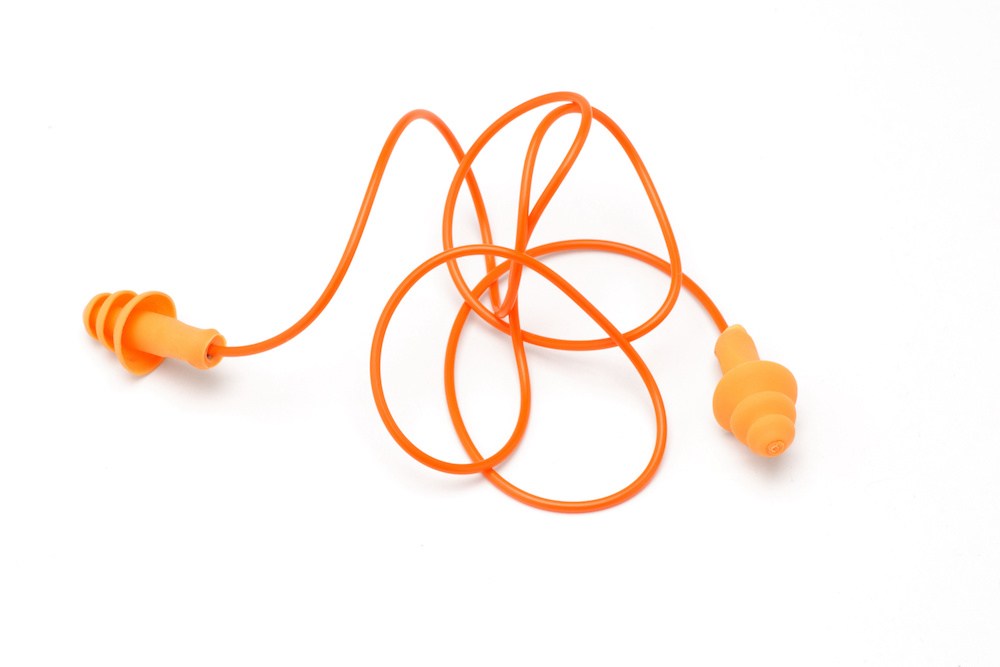What Are the Benefits of Hearing Aid Fittings
Many people across the United States have some form of hearing loss that

By: leah | May 2, 2022
As you search for hearing aids that fit within your budget, you may notice that the cost of hearing aids can drastically differ from clinic to clinic. Here are five of the top factors that influence the pricing of hearing aids.
The technology level is the main driver of the cost of hearing aids. While two hearing aids may look identical from the outside, their internal technology can be different. A higher level of technology means the devices are more automatic at fine-tuning their sound based on your hearing loss and sounds around you. In general, a higher level of technology is better for patients who spend time in complex listening environments. Complex listening environments include listening to multiple people talking or having conversations in the presence of background noise. Higher technology is also better for musicians as these hearing aids have a greater bandwidth and frequency response, ensuring better access to harmonics. On the other hand, for patients spending the majority of their time in quiet settings with only one or two people talking at a time, a lower level of technology may be sufficient for their listening needs.
Like companies that produce cars, smartphones, and televisions, all of the major hearing aid manufacturers typically release a new generation of hearing aids every 12-18 months. The newest generation of hearing aids will always be more expensive than the previous generation of devices due to various developments in sound processing strategies. Oftentimes, third-party sellers of hearing aids list their devices at lower pricing because they are actually selling older generations of hearing aids rather than the true latest technology available.
Traditional hearing aids are FDA-approved medical devices that are selected and fit by a licensed audiologist. Manufacturers such as Signia, Phonak, Oticon, ReSound, Widex, and Starkey spend millions of dollars each year researching and developing the latest hearing aid technology. These manufacturers have been established for decades, and their durable hearing aids can be expected to last for five to eight years. If hearing aids from one of these major manufacturers costs $5000 for premium technology and lasts five years, your cost for daily wear would be $2.73/day. Over the last few years, many over-the-counter (OTC) devices or online hearing aids have been marketed towards people with hearing loss. These devices include Personal Sound Amplification Products (PSAPs), hearables, and amplifiers. Some devices are pre-programmed with an estimate of your hearing loss, while others simply make all sounds louder regardless of your hearing sensitivity. Without a visit to an audiologist, there is no way to guarantee that these devices are programmed appropriately and safely for your hearing health. Studies show that patients who wear FDA-approved hearing aids fitted by a licensed audiologist have higher levels of satisfaction compared to those who purchase devices over-the-counter without the expertise from an audiologist (MarkeTrak, 2019). This is true across all categories, including ease of use, sound quality, reliability, appearance, durability, physical comfort, comfort in loud sounds, Bluetooth connectivity, and overall value for out-of-pocket cost.
A “Bundled Pricing Model” means the pricing listed covers the total cost of the hearing aids and all professional audiological services needed to properly program and maintain the devices. Historically, this has been the most common form of pricing found in audiology clinics. This total price includes a pair of hearing aids, the initial hearing aid fitting, ongoing programming adjustments, and hearing aid maintenance for three years. An “Unbundled Pricing Model” means the pricing listed only reflects the cost of the hearing aids without any of the professional audiology services needed to program and fine-tune the hearing aids to each patient’s hearing sensitivity. The cost of hearing aids sold directly to patients online typically only lists the cost of the hearing aids themselves. However, once you acquire the devices, you would then have additional out-of-pocket costs to have an audiologist properly program the hearing aids for you.
More patients are finding that they have hearing aid benefits through their health insurance. These benefits are often administered through a third-party rather than their primary insurance plan. Third-party insurers will set the pricing for both the hearing aid coverage and patient co-pays. The insurer will also determine what sort of service package is included with the hearing aids (i.e. number of clinic visits allowed within a year). Pending any insurance coverage, your hearing aids may be completely covered or you may be responsible for a co-pay amount towards the total cost of the devices. In conclusion, there are many factors that determine the cost of hearing aids. At Sonik Hearing Care Services, our audiologists are motivated to help you find a hearing aid solution that fits within your budget. Contact us today to schedule your hearing aid demonstration. Phone: 312-346-1136 Email: [email protected]

Many people across the United States have some form of hearing loss that
By: admin | March 31, 2024

Many individuals in the United States experience tinnitus. While there’s
By: admin | March 30, 2024

Around 22-million Americans are exposed to dangerous noise levels at work.
By: admin | February 29, 2024
